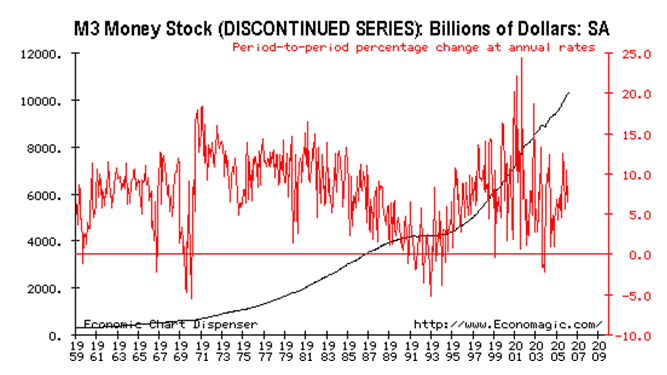It was 150 years ago today — on Friday, August 27, 1859 — that “Colonel” Edwin Drake struck oil 69.5 feet below the surface at his well near Titusville, Pennsylvania.
(The title of “colonel” was entirely honorific. Drake was a native of New York who grew up in Vermont and began his adult life in Connecticut. He had worked mainly as a railway clerk and conductor. He was a newcomer to Pennsylvania, and he was never commissioned in any military organization.)
Drake would not know of the strike until the next morning, Saturday, August 28, 1859, when workers, returning to the well after drilling late on the previous day, noticed that crude oil was bubbling to the surface and they reported it to the Colonel.
Although it was already known that petroleum oil (”rock oil”, as it was then called) would yield kerosene, it was not yet available in sufficient quantities and qualities to make its use commercially viable. People still depended in the mid-19th century on sperm whale oil for lighting homes, businesses, and streets, a product obtainable only by capturing and slaughtering whales.
The lowest historical prices of the least expensive type of whale oil was reached in the 1820s, when it was priced at $200 per barrel (in 2003 dollars). By 1855 whale oil was selling at more than $1,500 per barrel (in 2003 dollars). At 42 gallons per barrel, that works out to $35 per gallon (in 2003 dollars).
In short, whale oil was extremely expensive — and, of course, came at a catastrophic price to whales. By the late 1850s the worldwide sperm whale population was seriously dwindling and was coming close to extinction. Meanwhile, people in America and elsewhere throughout the world were approaching a crisis in lighting and energy supply.
Aware that previous attempts at drilling for oil had ended in failure, Drake had an idea that would made his discovery possible: He surrounded his drill with a pipe down to bedrock, thereby preventing water seepage from causing the drill hole to collapse. This enabled the drilling of holes sufficiently deep to permit oil to be tapped in large quantities. (Before Drake, only very small quantities of oil were recoverable, mainly through chance locations of oil percolating up to the surface.)
Drake’s initial production ranged from 10 to 35 barrels per day. He used the containers that were readily at hand on short notice — recycled whiskey barrels. In generating even that small amount of crude from a single well, Drake single-handedly doubled the world’s oil supply.
Drake’s achievement on this day in 1859 led directly and swiftly to the development of the petroleum oil industry, producing oil in sufficient quantities and grades — at amazingly low prices — to allow it to be used both for energy and for lubricants and in home, business, and industrial applications. This, in turn, led to rapid mechanization and industrialization, as well as to a revolution in the supply of energy to people’s residences, schools, places of business, and vehicles.
The whale oil business — not the whales — went extinct almost overnight, replaced by the petroleum industry.
Petroleum oil and its derivatives remain abundant and, in comparison both with historic prices and with the prices of all known alternatives, cheap to this day.
This is not to say that better and cheaper sources of energy may not yet be found and made practical. Such progress is, indeed, possible. After all, no one uses whale oil any more!
But on this anniversary it is worth noting, and celebrating, three important facts about Drake and his deeds:
1. An individual can make a huge difference in history. An entire industry and a civilizational revolution flowed from the ingenuity and enterprise of one man.
2. No government planner directed Drake; no government subsidy financed him. A thoughtful man observed rising prices and realized that there was a ready market for a better and cheaper product. He had an idea about where and how to look for that product. Backed by private capital that he used to acquire drilling rights, buy good equipment, and hire willing workers — all at private risk — Drake found that product.
3. No single human act has ever done more to preserve and perpetuate a major non-human species. Drake saved the whales!
Technically it was 2 days ago, but work with me here people!


































